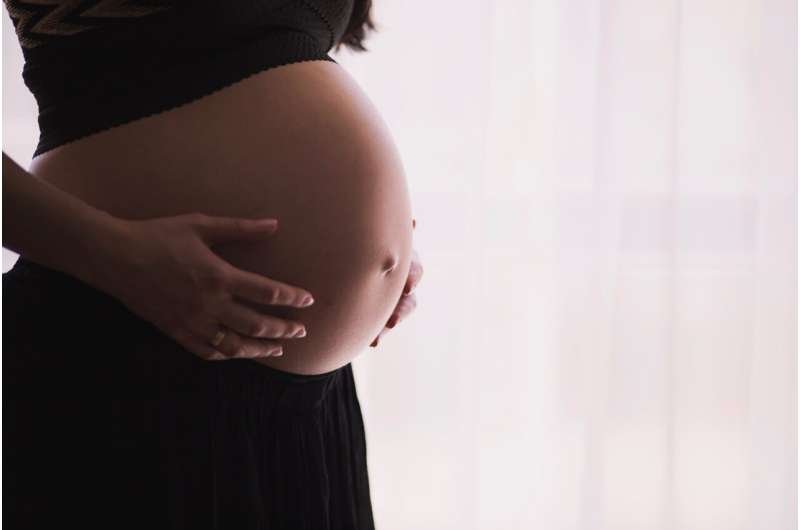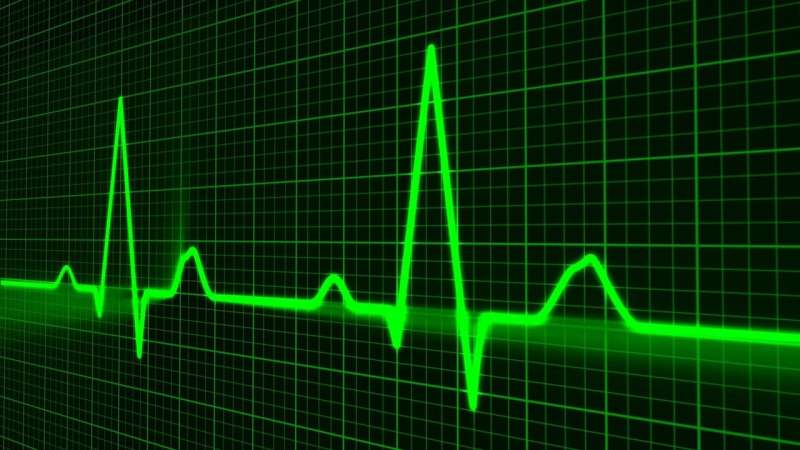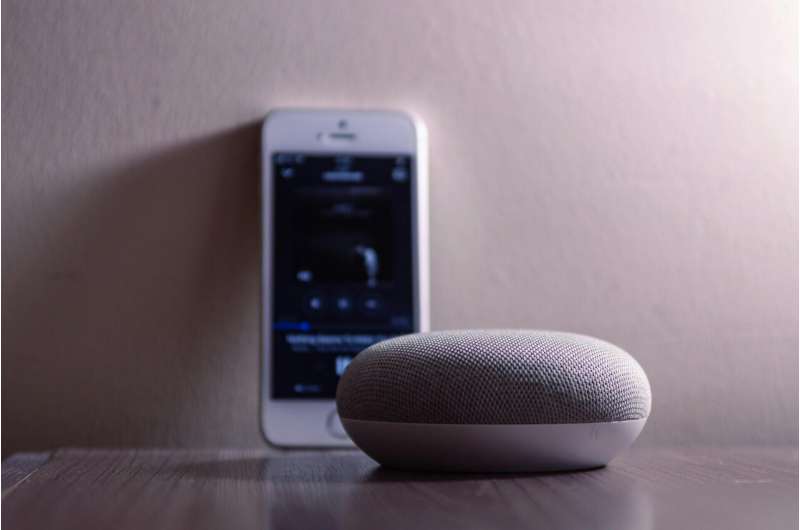Neuroscience Study Links Brain Activity to Audiovisual Memory Recall

This research uncovers how synchronized audiovisual stimuli affect brain activity during memory formation and recall, emphasizing the role of neural oscillations in multisensory integration.
Recent research published in the Journal of Neuroscience by Emmanuel Biau and colleagues from the University of Liverpool explores how the human brain forms and recalls audiovisual memories. When individuals remember a social interaction, such as recalling a friend's humorous story, they often associate the sound of their friend's voice with the visual cues of their friend speaking or laughing. This process involves complex neural mechanisms that integrate auditory and visual information.
The study investigated brain activity related to this integration during memory formation and recall by presenting participants with movie clips of people speaking. Researchers manipulated the synchrony between speech sounds and lip movements within these clips to observe effects on neural oscillations. It was found that when speech sounds and lip movements were synchronized, there was increased oscillatory activity in specific brain regions during viewing and later recall. Conversely, delayed speech sounds relative to lip movements diminished this neural activity both during perception and memory retrieval.
Lead researcher Biau explained, "We believe that when auditory and visual speech inputs arrive simultaneously in the brain, they are more likely to be linked together in memory because they align within the same phase of neural oscillations." The findings suggest that the timing of audiovisual stimuli plays a crucial role in how memories are formed and recalled, with synchronized stimuli promoting stronger neural connections.
This study highlights the importance of neural oscillations in the integration of audiovisual information, potentially shedding light on mechanisms underlying speech perception and memory. Further research is needed to fully understand these processes, but this work provides valuable insights into the neural basis of multisensory memory integration.
For more details, consult the original article: Neocortical and Hippocampal Theta Oscillations Track Audiovisual Integration and Replay of Speech Memories, in the Journal of Neuroscience, 2025. Source: Society for Neuroscience.
Stay Updated with Mia's Feed
Get the latest health & wellness insights delivered straight to your inbox.
Related Articles
Study Finds No Link Between Plastic Chemical Exposure and Preterm Birth Risk in Pregnant Women
New Australian research finds widespread exposure to plastic chemicals during pregnancy does not increase preterm birth risk, providing reassurance for expectant mothers.
Disparities in Achieving Diabetes Care Goals Among Patient Groups in Primary Care Program
A recent study reveals differences in how racial and ethnic groups meet diabetes management goals within a primary care program, emphasizing the need for culturally tailored approaches to reduce healthcare disparities.
Enhancing Accessibility to Clinical Trials for Cardiomyopathy Patients
The American Heart Association is launching a new initiative to improve access, awareness, and participation in clinical trials for cardiomyopathy, focusing on underserved populations and emerging gene-editing therapies.
Smart Speakers Show Promise in Supporting Children's Speech Development
Research suggests that smart speakers can be a fun and effective tool to support children with speech difficulties, helping improve clarity and confidence through interactive practice.



